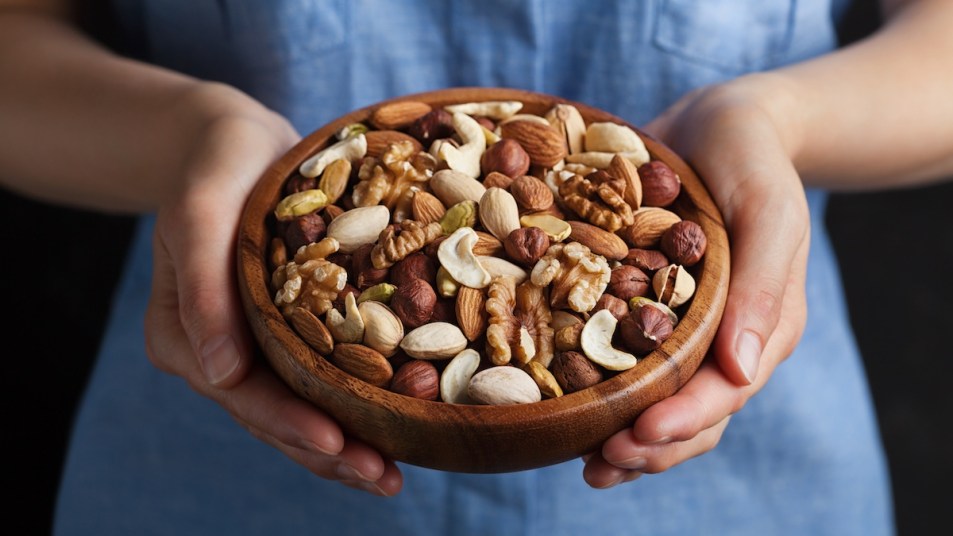The Superfood-Brain Fog Connection: Studies Show 6 Foods Help Clear Mind and Improve Focus
These foods are definitely worth incorporating in your diet.

If you’ve been dealing with brain fog, you may feel like you’ll be stuck in a cycle of confusion. But did you know that certain foods might perk up your mind? These superfoods, as they’re called, have potential benefits for both your mind and body. Below are nutritious superfoods that support in easing brain fog and enhancing mental clarity. From sweet to savory, there’s there’s a brain-boosting superfood for every taste.
1. Chocolate may activate the focus hormone.
If you’re feeling sluggish and can’t concentrate, reach for your favorite chocolaty treat (or incorporate chocolate in your dinner). A review in the British Journal of Clinical Pharmacology reports that the plant compounds in cocoa may help kick-start the brain’s production of the focus-sharpening hormone dopamine. The review also states that cocoa may have a naturally antidepressive effect.
2. Red onions may improve blood flow.
If you feel like you need a nap but want to power through your day, adding red onion to a meal may help to sharpen your focus and concentration. Red onions are high in the health-boosting, naturally occurring compounds known as flavonoids. These compounds relax and open arteries, potentially boosting the flow of oxygen-rich blood to brain cells. A diet rich in flavonoids may lower your risk of Alzheimer’s disease, according to a study in The American Journal of Clinical Nutrition. A review published in Evidence-Based Complementary and Alternative Medicine went into further detail on the superfood properties of onions, concluding that their compounds can play a pivotal role in preventing and treating certain diseases.
3. Chicken may energize neurons.
Chicken is a dinnertime staple, and it also may help brain function, due to its surprisingly rich stores of choline. Choline is a nutrient that helps brain cells communicate with each other quickly and accurately, so boosting your levels may ease brain fog. A small study published in Scientific Reports found that when subjects raised their choline levels they displayed increased focus.
4. Oatmeal may boost neurotransmitters.
Savoring a warm bowl of oatmeal may help you think more clearly. A review published in the journal Clinical Nutrition ESPEN noted that the Avena sativa plant, more commonly known as oats, may improve cognitive function, though further studies are needed. Oats are rich in B-complex vitamins, which are known to potentially decrease dementia risk and boost the production of neurotransmitters.
5. Nuts may heal brain cells.
If you’re in the mood for a snack, try nibbling on nuts. Nuts are rich in copper, magnesium, and manganese — minerals that your brain needs to quickly repair damaged and aging neurons. A study on over 15,000 mature women published in the Journal of Nutrition, Health, and Aging found that “Higher nut intake may be related to better overall cognition at older ages.” Additionally, a large study published in the New England Journal of Medicine found that daily nut-eaters were less likely to die of cancer, heart disease, and respiratory disease.
6. Wine may speed up toxin removal.
Enjoying wine in moderation may have the surprising effect of easing brain fog. A study on mice published in Scientific Reports found that the alcohol and compounds in wine may activate the glymphatic system — a powerful area of the brain that clears waste from the central nervous system. The key to reaping wine’s possible cognitive benefits is drinking a small amount (4 to 6 ounces). Drinking excessively, on the other hand, may actually increase your possibility of cognitive decline.
This content is not a substitute for professional medical advice or diagnosis. Always consult your physician before pursuing any treatment plan.
A version of this article originally appeared in our print magazine, First for Women.













